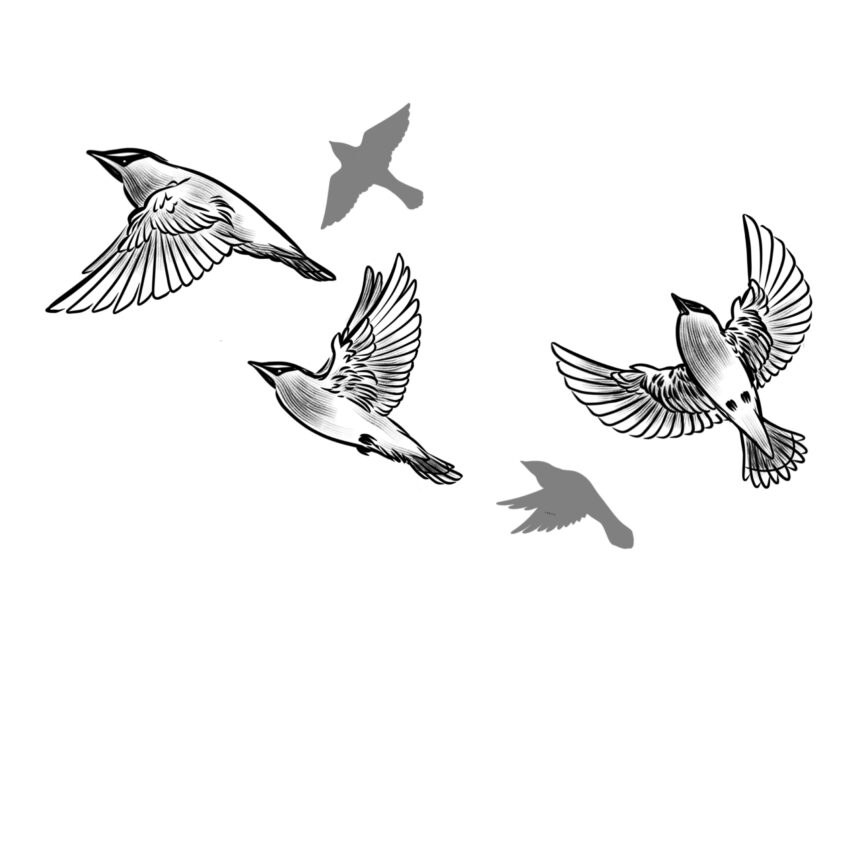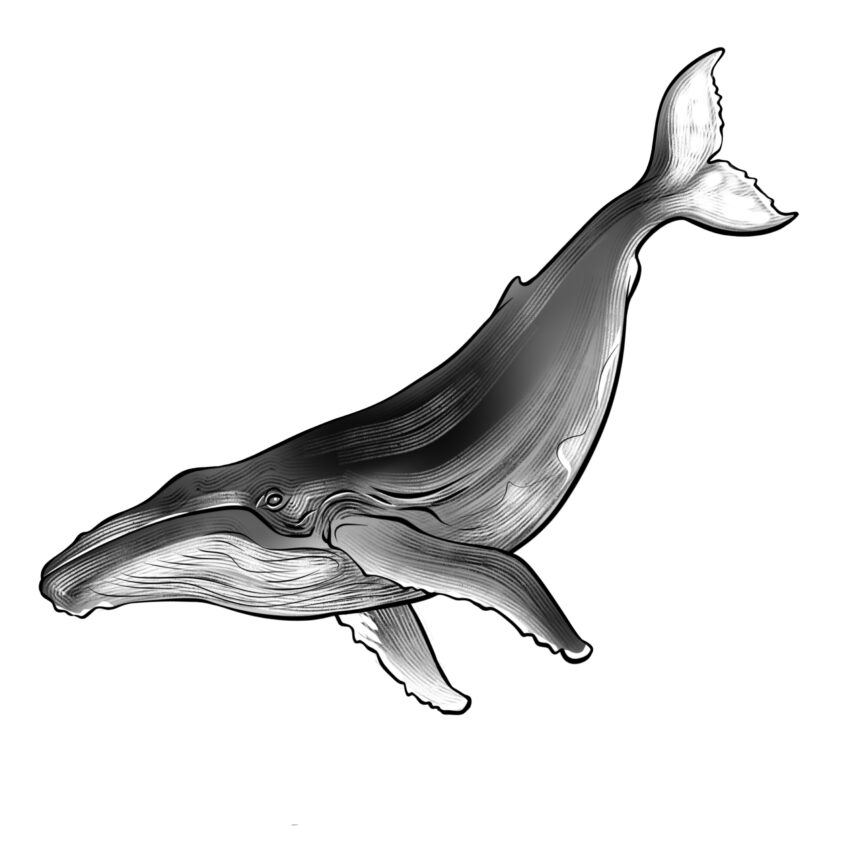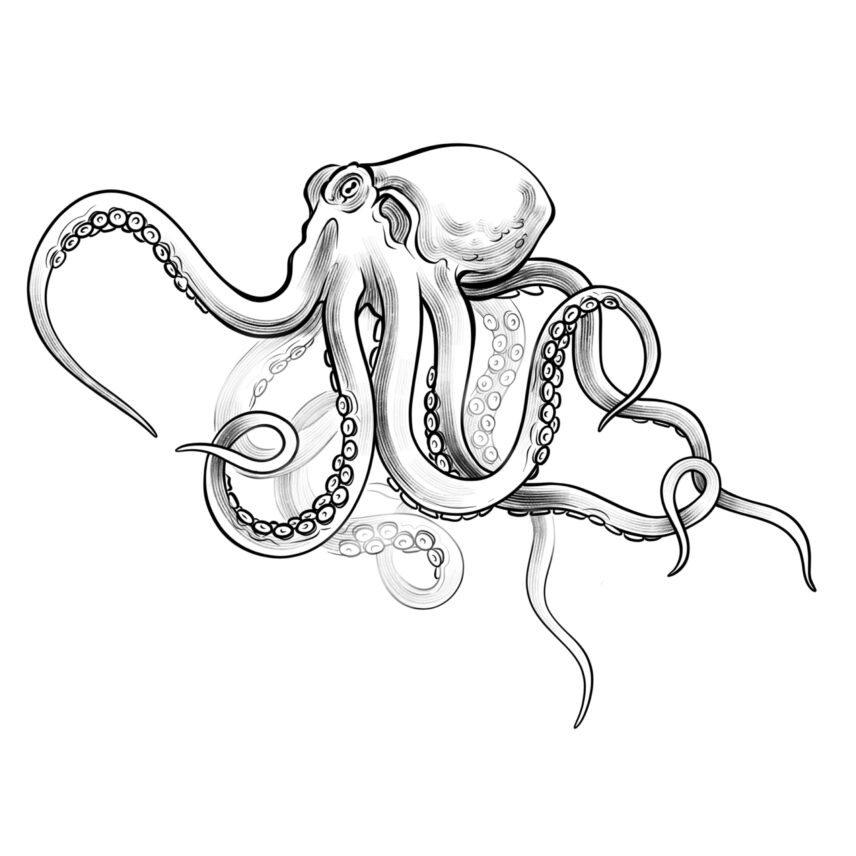Article begins
1.
Our day-to-day lives are profoundly entangled with those of other-than-human animals (hereafter, “animals”). Indigenous peoples the world over have long known and acted on this knowledge, embracing a community of beings across humans, animals, plants, and land. By contrast, in many non-Indigenous human populations, especially in the Global North, an imagined human/animal binary is routinely preserved through either noisy claims of human exceptionalism or silent, deeply entrenched cultural tradition or both. The fact of entanglement nonetheless remains true. As we move through our days, what and whom we eat and wear, how we entertain ourselves, and whose lives we deem worthy of freedom, care, and grieving all become everyday decisions that may aid or disrupt animals’ flourishing.
Increasingly, anthropologists, activists, and others attuned to animals are asking how we can work toward justice in multispecies spaces we find or create. As Sophie Chao and Eben Kirksey have put it, we may seek, alongside other types of justice, ecological justice which “calls for recognition of other species as legitimate bearers of rights and recipients of resources.”
2.
Adopting silent fireworks protects animals from stress. The crackle and bang of noisy fireworks are associated with holiday rituals across the globe. Some US cities, including Salt Lake City, Utah; Flagstaff, Arizona; and La Jolla, California, have begun to celebrate the Fourth of July using silent drone or laser fireworks. These nontraditional fireworks are technically “very low noise” rather than silent. Motivations for using them may focus on air quality, especially in areas affected by wildfire smoke, rather than on animal well-being. But make no mistake, animals would and do benefit from a shift to nontraditional fireworks. The acute hearing of dogs makes them prone to extreme anxiety, even fleeing in panic from home to become lost, when firework noise explodes all around them. Birds scared by the sounds and sights of fireworks may abandon their nests. Mating or migration by other species of wildlife may be negatively affected. Jane Desmond notes these harms to animals and suggests that we can still enjoy spectacular Technicolor pyrotechnics at holidays while protecting not only animals but military veterans and other people who may experience noisy fireworks as a trigger for post-traumatic stress disorder.

3.
Reducing noise pollution from shipping traffic and military sonar extends efforts to protect animals into the sea. When large container ships crisscross our oceans, their propellers, hulls, and operating machinery generate a great clamor beneath the waves. When intense, these human noises may stress and even kill marine animals; even when less intense, they disrupt animals’ ability to communicate using sound, from the crackling that accompanies the predatory acts of snapping shrimp to the varied calls and tail slaps that allow social coordination of whales.
Initiatives that combat anthropogenic noise offer promise: the shipping giant Maersk retrofitted the propellers of five large container ships in such a way that low-frequency sound-pressure levels decreased by 6 to 8 decibels and fuel efficiency increased. Scaling up this project may not be hard, given that half of the total noise radiated by the shipping fleet comes from just 15 percent of the ships. In Florida waters, manatees at risk of colliding with boats have responded to high-frequency alarms mounted on the vessels by swimming away from the boats.
Constant environmental advocacy pressure aimed at the US Navy highlights the harms of military use of active sonar, which bounces high-intensity sound off objects in the ocean and may hurt the hearing of whales and other animals.
4.
Sound sanctuaries could safeguard ecosystems from noise stresses. Such refuges are, in Matthias Rillig and colleagues’ words, “areas surrounded by sound barriers, within which anthropogenic noise is limited.” Currently over 200 “dark sky places” dedicated to responsible lighting and avoidance of light pollution exist in 22 countries. Why not a parallel project aimed at embracing quiet for the aid of all species?
The considerable benefits for wildlife observed during the so-called anthropause—when human activity and noise decreased markedly during the height of the 2020 SARS-CoV-2 lockdowns—may offer motivation. Francesca Cagnacci described a positive outcome of the absence of traffic, mountain biking, and other recreational use of the areas around the forest at Trentino, Italy, during this period: the unusual daytime presence of birds and deer in the “hushed woods.” Might we even extend the relative quiet of the anthropause beyond such hyperlocal nature areas and into our cities by curbing vehicular traffic noises? “Impossible!” you could say. But might seemingly impossible goals begin with a vision about a different future for multispecies coexistence, even flourishing?

5.
Hushing our voices in multispecies spaces allows us to engage with animals’ lives and experiences. “We must speak for the voiceless.” So goes a common animal advocacy trope, a framework that renders animals silent simply because they do not use the syntax and semantics found in human language. Yet animal communication is multimodal, and “voices” emerge from animals’ faces, body positions, movements, and gestures as well as from their vocal tracts.
Andrea Arnold’s documentary film Cow silences almost all human voices in favor of a focus on a single cow. Chronicling the life of Luma, a dairy cow living on a farm in the south of England, Arnold “invites us to come to see Luma not only as an animal forced to endure a crushing lack of agency but also a sensitive being who thinks, feels, and at times resists her situation.” Luma has almost no choice in what and when she eats, when and with whom she is mated, where she moves, and most poignantly of all, what happens to her day-old sons and daughters. These family members are taken from her, as happens routinely in the dairy industry, because Luma’s milk is a commodity meant for humans. The film shows the fourth time Luma loses a child in this way. She is visibly agitated; she attempts to defend her calf, and paces and bellows. Her protest is clear for us to see and hear. Luma is not voiceless.
6.
Silencing our voices may honor animals’ expressions of love and grief. In addition to dairy cows like Luma, animals including apes, elephants, dolphins, giraffes, Canada geese, dogs, and cats express love and grief for the lives and deaths of family members, mates, or friends. Anthropomorphism refers to a projection of human qualities or emotions onto other animals, but what if those qualities or emotions don’t belong only to us?
This year, a video shared by staff at Chimpanzee Sanctuary Northwest in Washington state shows humans who remain silent as they witness an outpouring of grief by chimpanzees for their groupmate and friend, Jody. After decades held in a biomedical laboratory, Jody resided in sanctuary for 15 years. In the video, chimpanzees enter the room where Jody is laid out in death on her back, resting on a soft blanket. The apes surround her body; they smell, touch, and groom it. As with Cow, humans are present, but the focus remains entirely on other beings. The tenderness expressed by the chimpanzees moves me to tears every time I watch.
7.
But silencing our voices may also cause harm. Monkeys possess intricate social dynamics. In the yellow baboons I have observed in Amboseli, Kenya, as well as in some Asian macaques, matrilines or groups of related females form the backbone of society. Three generations of females invest in their kin’s well-being through active strategizing and cooperation, even as males depart their home groups and make decisions about where to reside and mate. Evidence of thought and emotion is everywhere in these primates’ lives. Environmentalists rightly call for protection of primate habitats, yet protection, much less justice, for monkeys used invasively in biomedical laboratories is more rarely a priority.
Hope Ferdowsian, Agustín Fuentes, Syd Johnson, Jessica Pierce, and I write that the harms to monkeys and the many millions of other animals held in laboratories far exceed only pain at moments of invasive experimentation: “In sterile and boring conditions like laboratories, brain activity is dampened. The loss of opportunities for pleasurable sensory experiences and creative responses to them prevent animals from experiencing life’s richness.” The use of animal models is a deeply entrenched and financially rewarding cultural practice in current research—a system that must be changed. Incentivizing funding for research that relies on advanced technologies like organs-on-chips or ethically centers humans as the best “animal models” offers promise.

8.
Enter the octopus: Let’s keep protection for invertebrates front and center too. Recent documentary films and books celebrate octopuses’ consciousness, intelligence, and emotional lives. Octopuses repurpose coconuts they find on the seafloor as portable shelters for themselves, a type of tool-using. Thought to be always solitary except for mating and maternal egg-tending, some octopuses in fact engage in complex social signaling. They tend to flash colorful emotions across their bodies. In one way, then, human voices do rise up on behalf of these intriguing cephalopods. Yet headlines declare octopuses may become “the new lab rat.” Do US taxpayers wish to accept the funneling of our dollars toward projects that probe octopus bodies and brains and alter genes in those bodies? Do we stay silent as some scientists work to replicate in octopuses all the horrors experienced by monkeys, rats, mice, cats, dogs, rabbits, and fishes used in laboratories?
9.
Breaking silence around the contribution of eating meat to the climate crisis could protect animals and the planet. A 2023 study from Peter Scarborough and colleagues pinpoints the terrible toll that meat and dairy eating takes on the climate, or, looked at a more hopeful way, the immense good we may do by eating more plants: “The research shows that a big meat-eater’s diet produces an average of 10.24 kg of planet-warming greenhouse gasses each day. A low meat-eater produces almost half that at 5.37 kg per day. And for vegan diets—it’s halved again to 2.47 kg a day.”
Any serious reducing of meat and dairy consumption will lead to reduced suffering for humans as well as for animals like pigs, cows, and chickens caught up in our industrial food systems. Many millions of people across the globe rely on animal protein obtained from the sea or on small farms, necessary to feed their families. They cannot simply, as well-meaning activists often say, “go vegan!” One aspiration regarding so-called alternative proteins is to make nonmeat and nondairy sources widely accessible and affordable. The Good Food Institute, a nonprofit think tank located in Washington, DC, holds this goal to be primary: “By making meat from plants and cultivating meat from cells, we can modernize meat production” and go about “building a world where alternative proteins are no longer alternative.”
10.
Striving for multispecies justice in an anthropocentric world beset by ecological grief is challenging and urgent. Those of us raised on Western values must increasingly learn from and listen to those of us raised on Indigenous cosmologies. As Hindou Oumarou Ibrahim writes in Greta Thunberg’s The Climate Book, Indigenous people’s traditional knowledge is based on “taking care of nature not only for us but also for the seven generations to come.” All of us together can build on this ethic while recognizing the new knowledge that reveals “nature” is composed of a range of species whose individuals act in the world in complex ways, and who want, as much as we do, to live and flourish.

